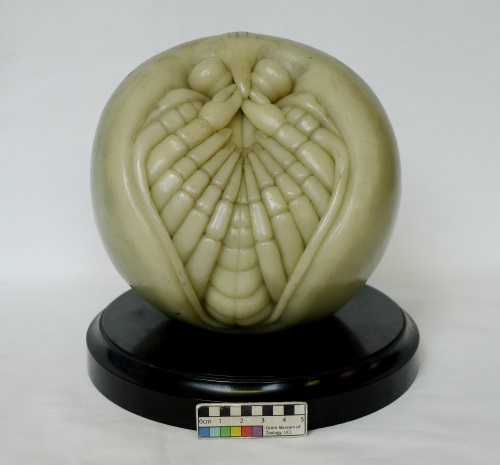Specimen of the Week 322: The Primordial Skull
By Tannis Davidson, on 22 December 2017
Season’s greetings! As presents appear under Christmas trees, the anticipation and excitement grows as recipients wonder what treasures lie wrapped among the dropping needles. In the spirit of mystery giving, this week’s Specimen of the Week is one to puzzle over in curiosity: what could it be? It is already unwrapped, stripped down, revealing all. However, even when seen, it is not obvious what it is… (more…)
 Close
Close



 In honour of the 250th Specimen of the Week, as well as the new wax model display in the Museum, it seemed fitting to choose a show-stopper of a specimen which is so fabulously bizarre that you might describe it as being out of this world.
In honour of the 250th Specimen of the Week, as well as the new wax model display in the Museum, it seemed fitting to choose a show-stopper of a specimen which is so fabulously bizarre that you might describe it as being out of this world.
